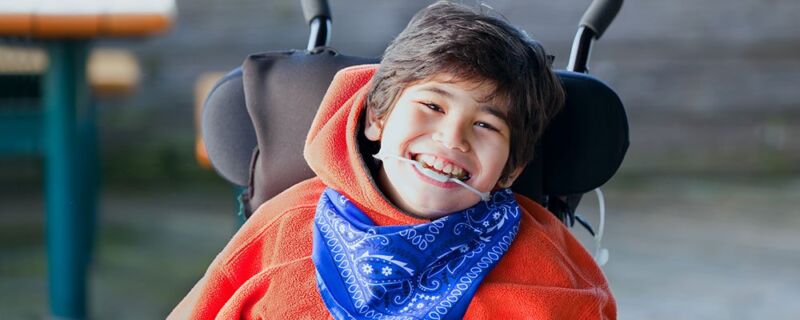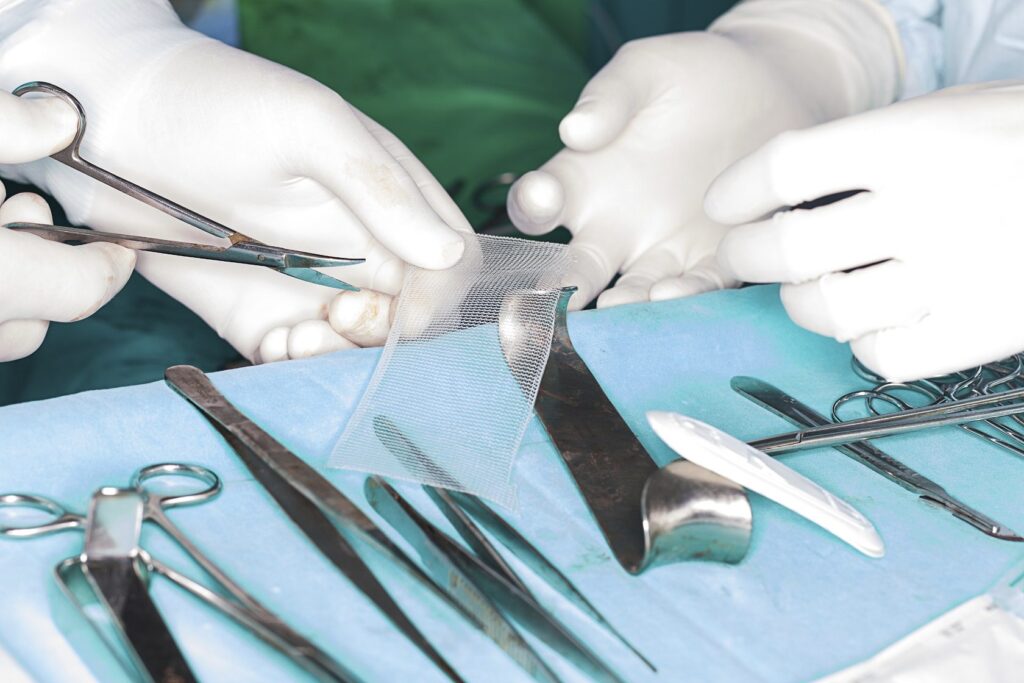Cerebral palsy, a diagnosis no parent wants to hear, generates a whirlwind of questions. How did it happen? Can our child live a normal life, fulfilling all his or her potential? What can we do to secure our child’s future? If the condition results from medical malpractice, experienced birth injury lawyers may be able to help.
At Slater & Zurz, our medical malpractice lawyers endeavor to answer all your questions about cerebral palsy and what can be done to give your child the best chance of succeeding beyond the limitations associated with the diagnosis. Our birth injury lawyers have been handling medical malpractice cases, including birth injury claims and those implicating cerebral palsy, for decades. Our medical malpractice lawyers understand the urgency of determining what went wrong, what can be done to help your child live a productive and happy life, and what can be done to ensure that the finances are available to cover your child’s needs now and in the future. Call or email our team of experienced professionals dedicated to vindicating the rights of people harmed by medical malpractice and those suffering personal injuries caused by others without regard to their victims’ safety and future enjoyment of life for a free consultation based on your child’s needs and your legal rights.
Cerebral palsy impairs the brain’s ability to control the muscles.
Cerebral palsy is a collection of disorders affecting a person’s balance, movement, muscle tone, and/or posture. A primary symptom of cerebral palsy is the inability to move or control the muscles as desired. Cerebral palsy occurs when part of the brain doesn’t develop normally or when the part of the brain that controls muscle movements is damaged during or shortly after birth. A child may be born with cerebral palsy or may develop the condition soon after being born.
Cerebral palsy differs from one person to another. However, all people with cerebral palsy have some degree of movement- and posture-related problems. A person with cerebral palsy may experience any or all of the following movement disorders:
- Stiff muscles, known as “spasticity”;
- Uncontrollable movements, or “dyskinesia”; and/or
- Poor balance and coordination, or “ataxia.”
There are four types of cerebral palsy:
- Spastic cerebral palsy is the most common form of the condition, affecting about 80% of those with cerebral palsy. The muscles are stiff, making movements awkward. It may primarily affect the legs (“spastic diplegia”), causing difficulty walking because tight hip and leg muscles pull the legs together, turn the legs inward, and cause them to cross at the knees. It may affect only one side of the body, typically the arm more than the leg (“spastic hemiplegia”); or it may affect the face, the trunk, and both arms and legs (“spastic quadriplegia”), usually preventing the person from walking. Spastic quadriplegia is often accompanied by seizures, intellectual disabilities, and/or problems with vision, hearing, or speech.
- Dyskinetic cerebral palsy impairs the person’s ability to control the movement of hands, arms, feet, and/or legs, with uncontrollable movements that make it difficult to sit or walk. The movements can be slow and writhing or fast and jerky. The face and tongue may be affected, making it difficult for the person to swallow or speak. The person’s muscle tone can change from day to day and sometimes within a single day.
- Ataxic cerebral palsy impairs a person’s coordination and balance, making activities such as writing and walking difficult. A person with ataxic cerebral palsy may have problems controlling the hands or arms when reaching for something and/or maybe unsteady when walking.
- Mixed cerebral palsy combines symptoms of more than one type of condition. The most common form of mixed cerebral palsy is spastic-dyskinetic cerebral palsy.
If your child shows signs of cerebral palsy, tell the child’s doctor or a nurse.
The first sign that your child may have cerebral palsy may be a failure to meet developmental milestones—rolling over, sitting, crawling, or walking—on time. In toddlers, signs of cerebral palsy include delayed development, difficulty speaking, seizures, and difficulty with fine motor skills such as buttoning clothing and picking up utensils. Here are some of the other early signs and symptoms:
- Difficulty feeding or swallowing
- Reduced muscle tone (tight or floppy)
- Behavioral problems
- Muscle imbalance causes eyes to look in different directions at the same time.
- The baby’s inability to hold the head up while lying on his or her stomach
- Inability to bring the hands together or to bring the hands to the baby’s mouth
- Reaching out with one hand while keeping the other in a fist
- Muscle spasms, stiffness
- Stiffening of the legs, which may cross like scissors, when the child is picked up
- Preference for using only one side of the body
- Poor muscle control, reflex, and posture
- Foot-dragging or walking on tiptoes
If not discovered, the condition will become more noticeable as the child grows older. About 1,200 to 1,500 schoolchildren are diagnosed with cerebral palsy each year.
If your child’s cerebral palsy was a result of medical malpractice, the medical professionals responsible for your child’s condition can and should compensate your child financially, providing for the child’s current needs as well as his or her needs after attaining adulthood. If you believe that your child acquired cerebral palsy as a result of a doctor’s negligent prenatal care, a negligently inflicted birth injury, or negligent medical or hospital treatment during or immediately after birth, you can count on the medical malpractice lawyers at Slater & Zurz to seek compensation that your child deserves, either by negotiation or by pursuing a legal claim through the court system. Call or email us to schedule a free consultation with one of our birth injury lawyers. If we accept your case, you won’t have to pay us anything unless and until our medical malpractice lawyers obtain a favorable settlement or court judgment for you.
Cerebral palsy won’t just go away with the passage of time—you need to ensure your child’s future by securing just compensation from everyone responsible for your child’s condition.
As a parent, you have the responsibilities associated with being your child’s fiduciary—one entrusted with the duty to assert and enforce your child’s legal rights on whom your child depends. You owe it to your child to explore every avenue for opportunities to ensure and promote your child’s welfare and well-being.
Cerebral palsy has many causes—don’t blame yourself!
Cerebral palsy is caused by an abnormality in the brain or a disruption in the brain’s development. Doctors can’t always determine what happened to damage the baby’s brain or interfere with its development. Here are some of the causes of cerebral palsy:
Decreased blood or oxygen flow to the brain or important organs. This highly preventable cause of cerebral palsy may occur during labor or delivery and must be treated immediately. A blood clot can restrict the flow of blood to the child’s brain, resulting in cerebral palsy. This can also happen if the mother’s blood pressure increases dramatically during delivery or if abnormalities in the placenta are not detected and resolved in time.
Infection. A mother can pass an infection to the fetus while still in the womb; a newborn can contract an infection immediately after birth. Delivery rooms and birthing centers must be as contagion-free as possible to avoid cerebral palsy and other effects of birth injury.
Traumatic brain injury. Injury from a fall, from being dropped, or from a motor vehicle accident can impair brain development and can result in cerebral palsy.
Seizures at birth or in the first month of life.
Bleeding in the baby’s brain. Bleeding in the baby’s brain can impair brain development, whether it occurs while the baby is in the womb, during the birth process, or after the child is born.
Treatment and intervention—the sooner, the better—can improve your child’s life if he or she has cerebral palsy.
Your medical professionals—preferably a team specializing in treating children with cerebral palsy—can recommend the best treatment for your child. Treatments can include medications; surgery; braces; and physical, occupational, and speech therapy. Because cerebral palsy is different for every individual, the treatment plan should be designed specifically for your child.
The Individuals with Disabilities Education Act (IDEA) provides early intervention services for children up to age 3 and services for school-aged children from age 3 through age 21. Most schools are required to provide necessary services to children in the community.
Trust an experienced birth injury law firm to handle your child’s cerebral palsy case.
Birth Injury cases, including cases involving cerebral palsy, involve complex medical and legal issues that are best handled by experienced birth injury lawyers with the expertise to recognize and identify the factual and legal issues; the resources to thoroughly investigate the causes of the condition and to engage the services of experts whenever appropriate; and relationships within the professional community necessary to get things done. We’ve successfully handled personal injury claims, including birth injury cases, for over 30 years. A successful legal outcome can make the difference between merely preserving the life of a permanently disabled individual and enabling that individual to enjoy a rich and rewarding life unhindered by his or her disabilities.
Because you want the best for your child, you need someone who knows how to take the necessary steps to hold all negligent individuals and institutions responsible. Call or email us to schedule a free consultation with an experienced birth injury lawyer dedicated to serving the needs of those who someone else’s carelessness has tragically injured.
- Our medical malpractice lawyer will thoroughly examine medical records and consult experts to get to the truth of what happened, whether before, during, or after the pregnancy, and whether the cause of your child’s injury occurred in the operating room, delivery room, or examination room.
- We will serve as your advocate every step of the way, regardless of how hard the medical professionals, hospital, birthing center, or any other responsible person tries to undermine your claims. Hospitals are rarely quick to admit fault on their part or the part of their personnel. We will stand up for your rights without wavering.
- Our birth injury lawyer will strive to obtain the compensation your family desperately needs to meet the financial burden you and your child may face, now and in the future, for the rest of the child’s life.
If you don’t win, we don’t get paid. We’re here to serve your legal needs with compassion, dedication, perseverance, and the drive to win for you.






